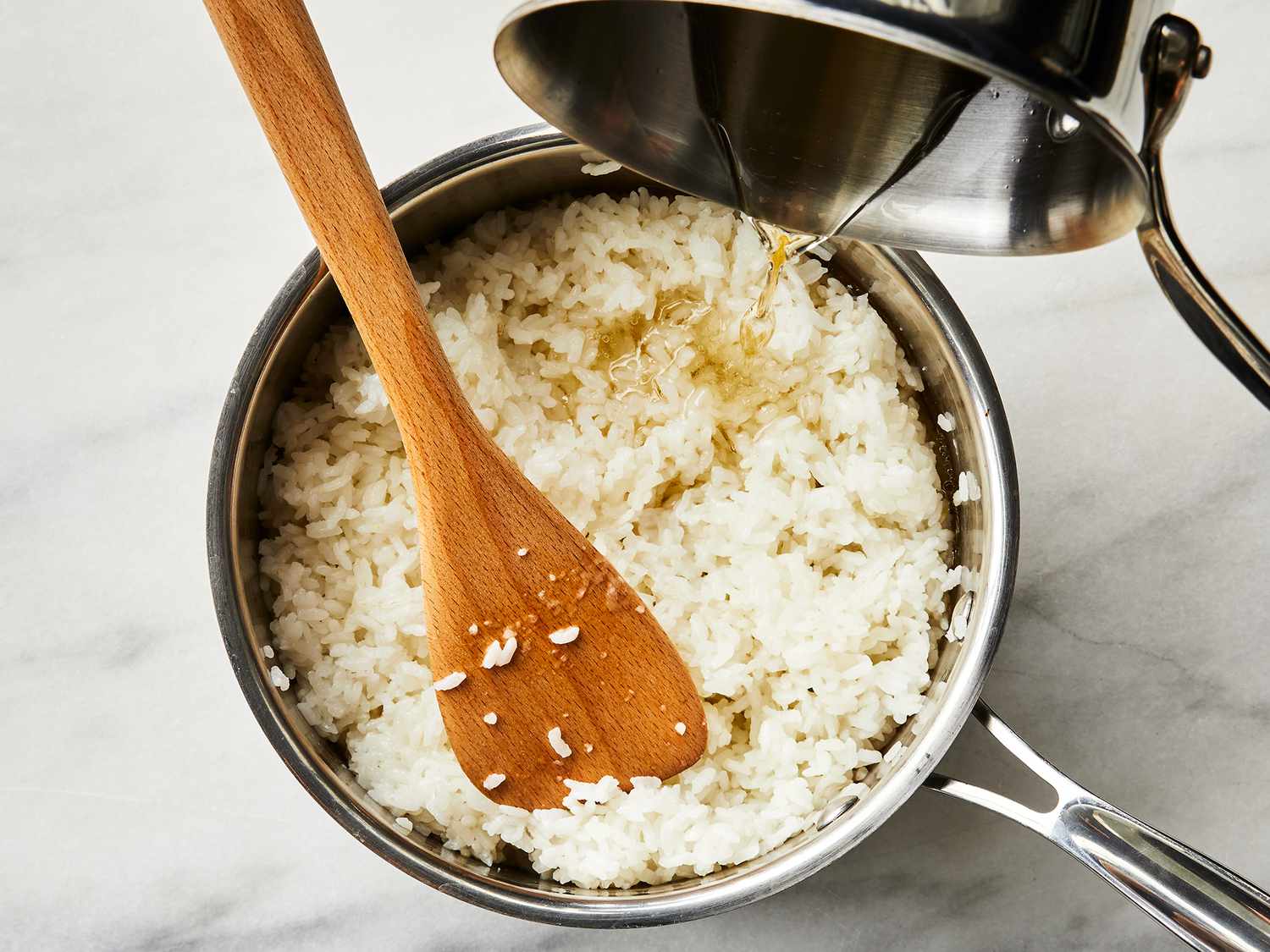Pot Sushi Rice: Easy Recipe & Tips
Sushi rice, known as “shari” or “sumeshi” in Japanese, is a short-grain rice variety that becomes sticky when cooked. Its texture is crucial for holding sushi toppings together. Proper seasoning is also essential; use rice vinegar, sugar, and salt to achieve the distinctive flavor. Sushi rice is different from regular rice due to its stickiness and unique taste profile. High-quality sushi rice ensures an enjoyable sushi-making experience at home.
Benefits of Using an Instant Pot
Using an Instant Pot streamlines the sushi rice preparation process. Consistent results are guaranteed due to precise temperature control and automated cooking settings. Convenience is a significant benefit; the appliance handles the cooking, leaving you time to focus on other tasks. The Instant Pot also ensures even cooking, eliminating the risk of undercooked or overcooked rice. Cleanup is simple, with fewer pots and tools involved. This method saves time and effort, making it easier to enjoy homemade sushi.
Choosing Your Rice for Sushi
Selecting the right rice is crucial for authentic sushi. The texture, flavor, and stickiness all play significant roles in achieving perfect sushi rice. Using an Instant Pot can streamline this process, but starting with the right variety of rice is essential.
Best Rice Varieties for Sushi
Short-Grain Rice
Short-grain rice is the best option for sushi. It has a high starch content, which provides the necessary stickiness. Look for varieties like Koshihikari and Calrose when shopping. These are popular choices among sushi chefs due to their texture and flavor.
Medium-Grain Rice
Medium-grain rice is another option, though it’s less sticky than short-grain rice. It can work for sushi if short-grain varieties are unavailable. You might use medium-grain varieties like Arborio or Bomba. While not traditional, they can still produce satisfactory results.
Avoid Long-Grain Rice
Avoid long-grain rice like Basmati or Jasmine because they’re too dry and separate easily when cooked. These characteristics make them unsuitable for sushi, which requires a sticky, cohesive texture.
Preparing the Rice for Cooking
Before cooking your rice in the Instant Pot, proper preparation is essential.
Rinsing the Rice
First, rinse the rice under cold water. This process removes excess starch, which can make the rice too sticky. Rinse until the water runs clear, usually after 3 to 4 rinses.
Soaking the Rice
After rinsing, soak the rice in water for about 30 minutes. Soaking hydrates the grains, ensuring even cooking and a better texture. This step is especially important when using the Instant Pot, as it helps achieve consistency.
Measuring the Rice and Water
Accurate measurements are critical. Use a 1:1 ratio of rice to water for an Instant Pot. This ratio ensures the rice cooks thoroughly without becoming mushy or undercooked.
Adding Vinegar Mixture
After cooking, season the rice with a vinegar mixture. Combine rice vinegar, sugar, and salt in a small saucepan and heat until the sugar dissolves. Gently fold this mixture into the cooked rice to enhance its flavor, giving it the signature sushi taste.
Using the Instant Pot
Transfer the rinsed and soaked rice to the Instant Pot. Set it to the “Rice” setting or cook on high pressure for 4 minutes, then allow a natural release for 10 minutes. This method yields perfectly cooked sushi rice, ready for rolling or forming into nigiri.
Cooking Instant Pot Sushi Rice
Step-by-Step Instructions
- Measure Ingredients: Use 2 cups of short-grain sushi rice (like Koshihikari or Calrose) and 2 cups of water to start.
- Rinse Rice: Rinse the rice thoroughly under cold water until the water runs clear. This removes excess starch.
- Soak Rice: Soak the rinsed rice in water for at least 30 minutes to achieve the right texture.
- Transfer to Instant Pot: Place the soaked rice and 2 cups of fresh water into the Instant Pot.
- Set Cooking Mode: Select the “Rice” setting or set the manual pressure cook mode to high for 4 minutes.
- Natural Release: Allow the Instant Pot to naturally release pressure for 10 minutes after cooking.
- Prepare Vinegar Mixture: Mix 1/4 cup of rice vinegar, 2 tablespoons of sugar, and 1 teaspoon of salt in a bowl until dissolved.
- Combine with Rice: Gently fold the vinegar mixture into the cooked rice using a wooden spatula or paddle to avoid mashing the grains.
- Cool Rice: Spread the rice evenly in a shallow dish. Let it cool to room temperature.
- Rinsing Thoroughly: Ensure water runs clear when rinsing to remove all excess starch.
- Soaking Time: Soak the rice for at least 30 minutes but not more than an hour to prevent overly soft grains.
- Accurate Measurements: Use precise measurements for both rice and water to maintain the ideal texture.
- Rice Paddle: Use a wooden spatula or paddle to fold in the vinegar mixture gently.
- Cooling Method: Spread the cooked rice in a single layer to cool evenly, which helps maintain the texture.
Serving Suggestions for Instant Pot Sushi Rice
Traditional Sushi Rolls
Use Instant Pot sushi rice to craft traditional sushi rolls. Lay a sheet of nori shiny side down on a bamboo mat. Spread a thin, even layer of sushi rice over the nori, leaving a 1-inch edge at the top. Place fillings like cucumber strips, avocado slices, and fresh tuna or salmon along the rice. Roll tightly using the mat, applying gentle pressure. Slice the roll into bite-sized pieces and serve with soy sauce, pickled ginger, and wasabi.
- Sushi Bowls: Layer rice, diced sashimi-grade fish, sliced vegetables, and avocado in a bowl. Drizzle with soy sauce and sprinkle sesame seeds.
- Onigiri: Shape rice into triangles or balls. Fill with salted salmon, pickled plum, or tuna salad, and wrap with a strip of nori.
- Sushi Stacks: Use a mold to layer rice, avocado, and crab salad. Top with a thin slice of mango and drizzle with spicy mayo.
- Nigiri: Form a small amount of rice into an oval shape. Place a slice of fish, shrimp, or tamago (Japanese omelet) on top, securing with a thin nori strip if needed.
- Sashimi Accompaniment: Serve slices of sashimi-grade fish on a bed of sushi rice for a deconstructed sushi experience.
Cleaning and Maintenance of Your Instant Pot
Routine Cleaning Tips
Regular cleaning ensures the longevity and performance of your Instant Pot. After each use, start by unplugging the unit and allowing it to cool. Remove the inner pot and lid. Wash the inner pot, sealing ring, and lid in warm, soapy water. Pay special attention to the inner pot to avoid abrasive scrubbers that can damage the surface. Using a soft cloth or sponge is sufficient.
Clean the sealing ring thoroughly. Food particles can lodge in it and retain odors. Wipe the exterior of the Instant Pot with a damp cloth. Be cautious not to let water seep into the electrical components. Dry all parts completely before reassembling. Doing so prevents moisture buildup, which can affect functionality.
Long-Term Maintenance Advice
Performing periodic deep cleans maintains your Instant Pot’s efficiency. Every few months, inspect the sealing ring for wear and tear. Replace it if it appears stretched or has retained strong odors. Descale the inner pot to remove mineral buildup, especially if you use hard water. Fill the pot with a mixture of one part vinegar and three parts water. Run a “Steam” cycle for two minutes, then rinse and dry.
Check and clean the anti-block shield located on the underside of the lid. This small component can clog, affecting performance and safety. Store your Instant Pot with the lid upside down. This practice allows air circulation and prevents odors from developing inside. Follow these steps to ensure your Instant Pot remains in top condition for making perfect sushi rice and other dishes.
Conclusion
Mastering sushi rice at home has never been easier with the Instant Pot. This appliance not only simplifies the cooking process but also ensures you achieve the perfect texture and flavor every time. By following the step-by-step instructions, you can enjoy a variety of sushi dishes and even get creative with your presentations. Plus, maintaining your Instant Pot will keep it in top condition for all your culinary adventures. So, go ahead and elevate your homemade sushi experience with the convenience and quality that the Instant Pot offers.




